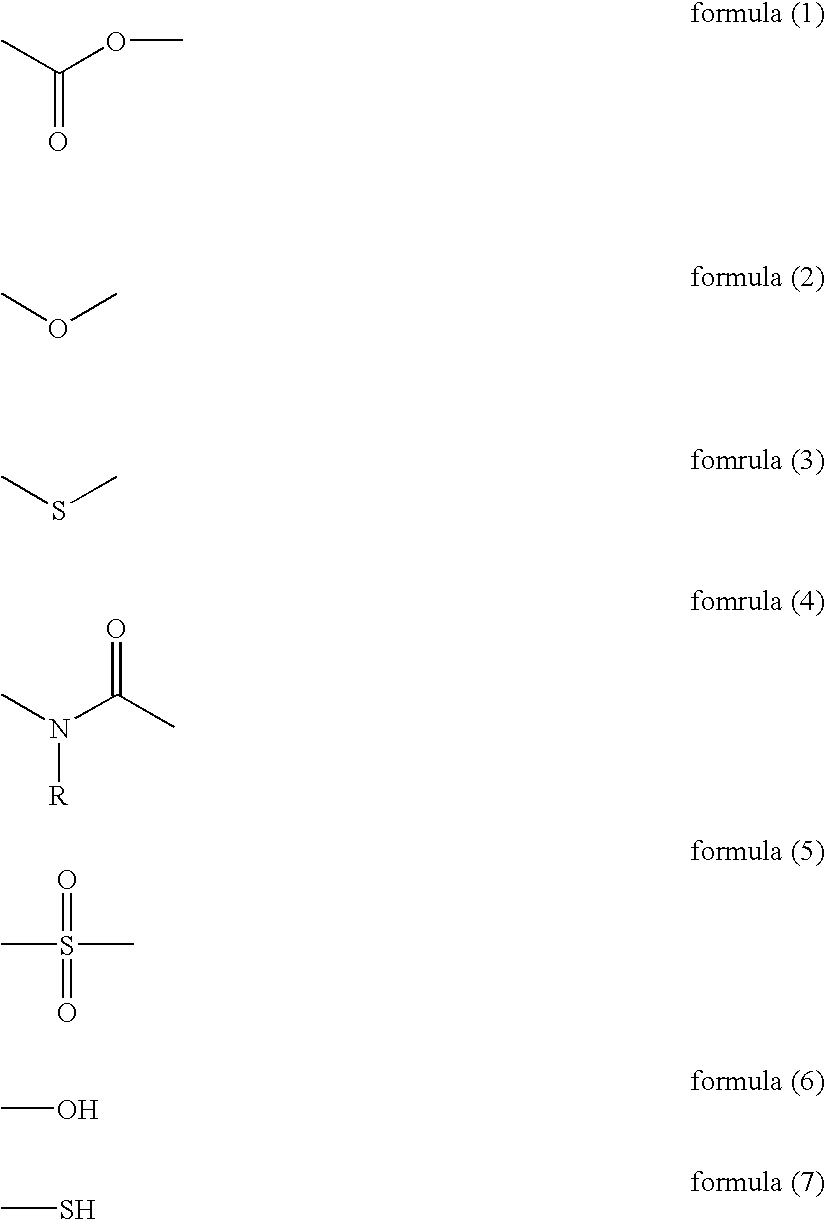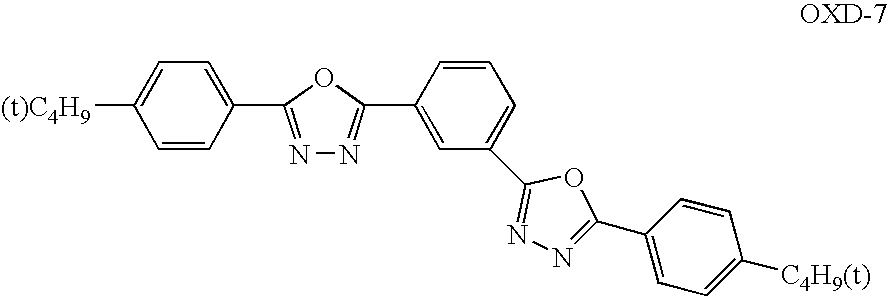Film substrate and its manufacturing method
- Summary
- Abstract
- Description
- Claims
- Application Information
AI Technical Summary
Benefits of technology
Problems solved by technology
Method used
Image
Examples
example 1
[0059] Tetraethoxysilane of 29.2 g and 10.8 g of methyltriethoxysilane were dissolved in 29.2 g of ethanol, and added with 29.2 g of an aqueous 0.63 weight % hydrochloric acid solution with stirring. Ten minutes after the addition, the resulting mixture was added to 348.2 g of a 14.29 weight % cellulose acetate propionate acetone solution maintained at 50° C. with stirring. The resulting solution was refluxed for 2 hours, then cast on a glass plate and dried to obtain a thickness of 50 μm.
[0060] Tetraethoxysilane of 29.2 g, 5.4 g of methyltriethoxysilane and 2.4 g of (3-glycidoxypropyltrimethoxysilane were dissolved in 29.2 g of ethanol, and added with 25.2 g of an aqueous 0.63 weight % hydrochloric acid solution with stirring. Ten minutes after the addition, the resulting mixture was added to 331.7 g of a 14.29 weight % cellulose acetate propionate acetone solution maintained at 50° C. with stirring. The resulting solution was refluxed for 2 hours, then cast on a glass plate and d...
example 2
[0074] A 60 nm film was formed on both sides of inventive substrates Nos. 1 through 8 and comparative substrates Nos. 9 through 12, setting SiO1 / 2 as a target, employing a magnetron sputtering apparatus. Thus, two substrate samples of a 100 mm×100 mm size per each substrate were prepared. On an area of 72 mm×72 mm of one substrate sample was formed a 150 nm thick ITO (indium tin oxide) layer having a 4.5 mm pitch (4.0 mm of a solid line width and 0.5 mm of a gap) in the form of stripe. Each of the thus prepared samples was subjected to ultrasonic washing with isopropyl alcohol, dried with dried nitrogen gas, and then cleaned for 5 minutes employing UV light and ozone. Thereafter, a positive hole injection layer through an electron injection layer were formed on the ITO layer through a mask capable of providing a solid layer with an area of 72 mm×72 mm. That is, the sample was fixed on a holder of a vacuum evaporation apparatus. Further, 200 mg of N,N′-diphenyl-N,N′-bis(3-methylpheny...
example 3
[0080] The polarizing plate used in a color liquid crystal display VL-1530S produced by Fujitsu Co., Ltd. was peeled from the liquid crystal cell. Subsequently, each of inventive film substrates 1 to 8 and comparative film substrates 9 to 12 were laminated on the liquid crystal cell, and further, the peeled polarizing plate were again laminated on the film substrate. The resulting laminate was installed in the color liquid crystal display, and color deviation thereof was compared with that of the display without the film substrate. Comparative film substrates 9 to 12 provided an increased color deviation, resulting in undesirable results. On the other hand, inventive film substrates 1 to 8 provided a reduced color deviation, resulting in good results.
PUM
| Property | Measurement | Unit |
|---|---|---|
| Temperature | aaaaa | aaaaa |
| Percent by mass | aaaaa | aaaaa |
| Mass | aaaaa | aaaaa |
Abstract
Description
Claims
Application Information
 Login to View More
Login to View More - Generate Ideas
- Intellectual Property
- Life Sciences
- Materials
- Tech Scout
- Unparalleled Data Quality
- Higher Quality Content
- 60% Fewer Hallucinations
Browse by: Latest US Patents, China's latest patents, Technical Efficacy Thesaurus, Application Domain, Technology Topic, Popular Technical Reports.
© 2025 PatSnap. All rights reserved.Legal|Privacy policy|Modern Slavery Act Transparency Statement|Sitemap|About US| Contact US: help@patsnap.com


